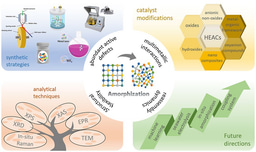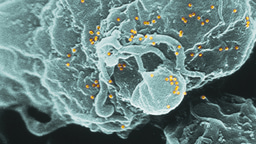Insulin Resistance-Is it a misinterpretation
Published in Biomedical Research
For decades, the concept of insulin resistance has dominated the narrative of Type 2 diabetes mellitus (T2DM) and obesity. The prevailing model assumes that tissues such as muscle, liver, and fat become “resistant” to insulin, thereby requiring higher insulin levels to maintain glucose homeostasis. This interpretation has influenced research priorities, therapeutic strategies, and public health discourse. But does the term “insulin resistance” truly capture the biology at play?
Energy Excess, Not Hormonal Failure
If we retrace the pathophysiology, the first insult appears not to be “resistance” but chronic energy excess, particularly from diets rich in rapidly absorbable carbohydrates. Inappropriate food quality, quantity, and timing lead to repeated postprandial hyperglycemia. The pancreas responds by secreting insulin, which, far from failing, functions effectively—driving glucose into tissues, promoting lipogenesis, and suppressing lipolysis.
With time, this chronic hyperinsulinemia becomes obesogenic, driving fat accumulation and further impairing metabolic balance. What emerges is not a failing hormone but a normal physiological system adapting to pathological energy overload. The so-called “resistance” is better understood as saturation: tissues already flooded with glucose and substrates limit further uptake.
Clinical Evidence Against True Resistance
Several clinical observations undermine the notion of insulin resistance as a primary defect:
- Endogenous insulin remains effective. Patients treated with insulin secretagogues (e.g., sulfonylureas) can experience hypoglycemia, demonstrating that endogenous insulin action remains potent.
- Exogenous insulin is effective. Administered insulin reliably lowers blood glucose in T2DM and promotes weight gain, indicating preserved lipogenic and anabolic activity.
- No tissue is absolutely resistant. While signaling pathways may be impaired, the phenomenon reflects metabolic saturation rather than outright receptor or signaling failure.
Taken together, these findings suggest that “insulin resistance” may be less a pathological breakdown than a physiological adaptation to chronic nutrient surplus.
Why Terminology Matters
Framing matters. By describing this state as resistance, we risk mischaracterizing the underlying biology and misdirecting therapeutic strategies. Language not only shapes scientific thinking but also guides education, clinical decisions, and policy. The phrase “insulin resistance” implies a defect in the hormone or its signaling, diverting attention from the true driver: sustained overnutrition.
Implications for Therapy
If insulin resistance is indeed a misnomer, the therapeutic emphasis should shift from “sensitizing” tissues to insulin toward reducing the need for excess insulin secretion in the first place. This would re-prioritize:
Such strategies target the root cause—energy excess—rather than amplifying hyperinsulinemia with pharmacological agents that may worsen weight gain and long-term outcomes.
A Call to Reframe
Reframing T2DM as a maladaptive response to nutrient overload, rather than a primary failure of insulin action, could catalyze new directions in both research and care. It would align therapeutic goals with physiology, emphasize prevention, and sharpen public health messaging. Most importantly, it would prompt clinicians and educators to reconsider how terminology shapes understanding.
Conclusion
The term insulin resistance may obscure more than it clarifies. What we observe in T2DM is not resistance but an overwhelmed, still-functional insulin system adapting to chronic energy surplus. By mislabeling adaptation as pathology, we risk reinforcing approaches that treat symptoms while neglecting causes. A reframing of terminology is overdue—and may prove pivotal in redirecting both science and clinical care.



Please sign in or register for FREE
If you are a registered user on Research Communities by Springer Nature, please sign in